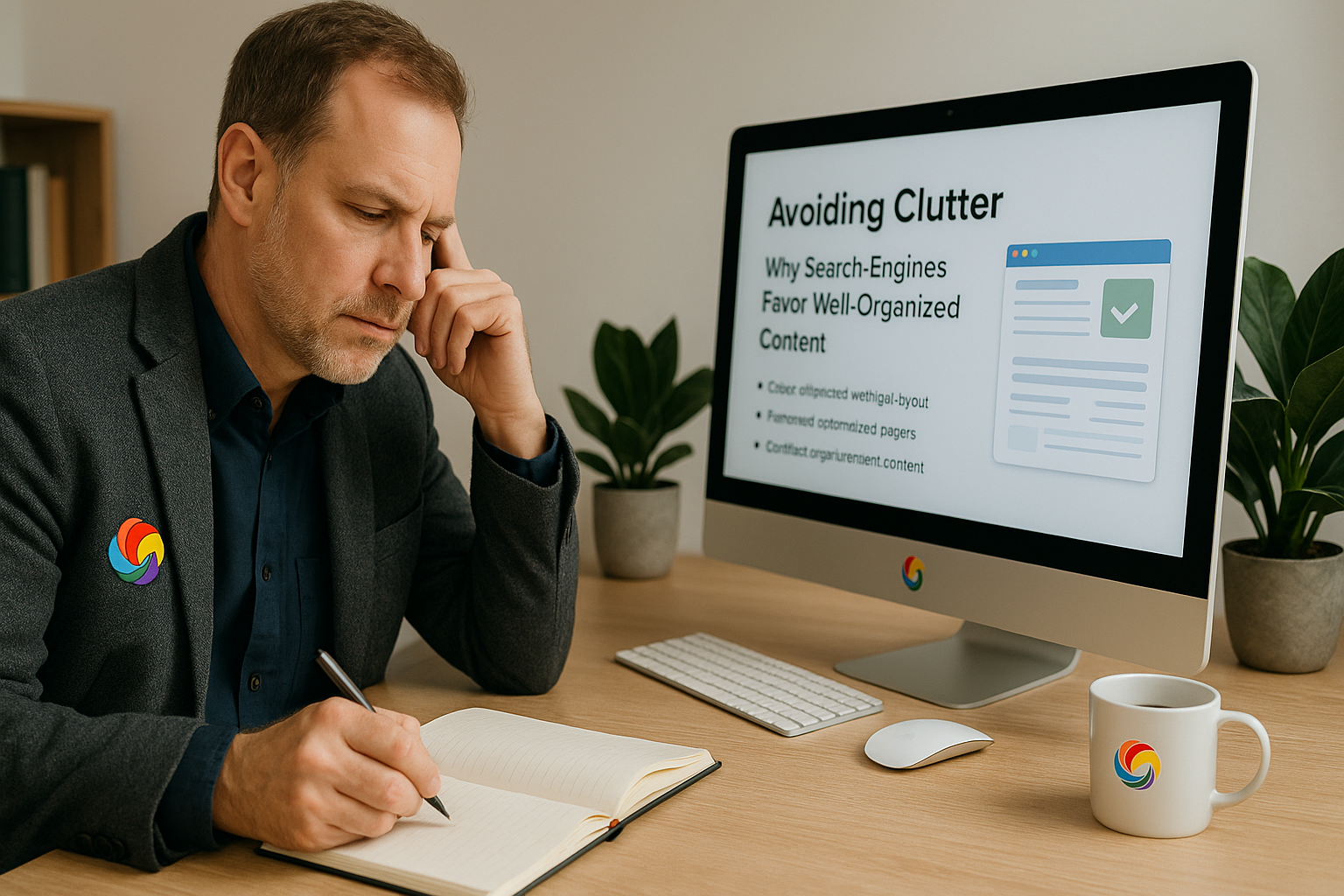Avoiding Clutter: Why Search Engines Favor Well-Organized Content
When it comes to SEO, most businesses focus on keywords, backlinks, and meta tags. But there’s a quieter — yet incredibly powerful — ranking factor that’s often overlooked: content organization.
In the same way that users prefer websites that are clean and easy to navigate, search engines do too.
Google’s algorithms are built to reward pages that are logically structured, easy to read, and free from clutter — because those pages provide the best user experience.
Use Semantic HTML and Proper Heading Structure for SEO and Accessibility
When it comes to SEO, most marketers focus on keywords, backlinks, and content quality — and for good reason.
But there’s another equally important, often-overlooked factor that can make or break your website’s visibility: semantic HTML and proper heading structure.
These elements form the foundation of how search engines understand your content and how users experience it.
Simply put: your site can’t rank or read well if it isn’t structured well.
Optimize Image Formats for Faster Loading (WebP, SVG)
In the world of modern web design, speed isn’t just a technical metric — it’s a competitive advantage.
A slow-loading website can cost you visitors, conversions, and search rankings.
And one of the biggest culprits of sluggish performance? Images. Images account for more than 50% of a website’s total page weight, according to HTTP Archive. The good news? You can dramatically improve your site’s speed and SEO by simply switching to next-generation image formats like WebP and SVG.



